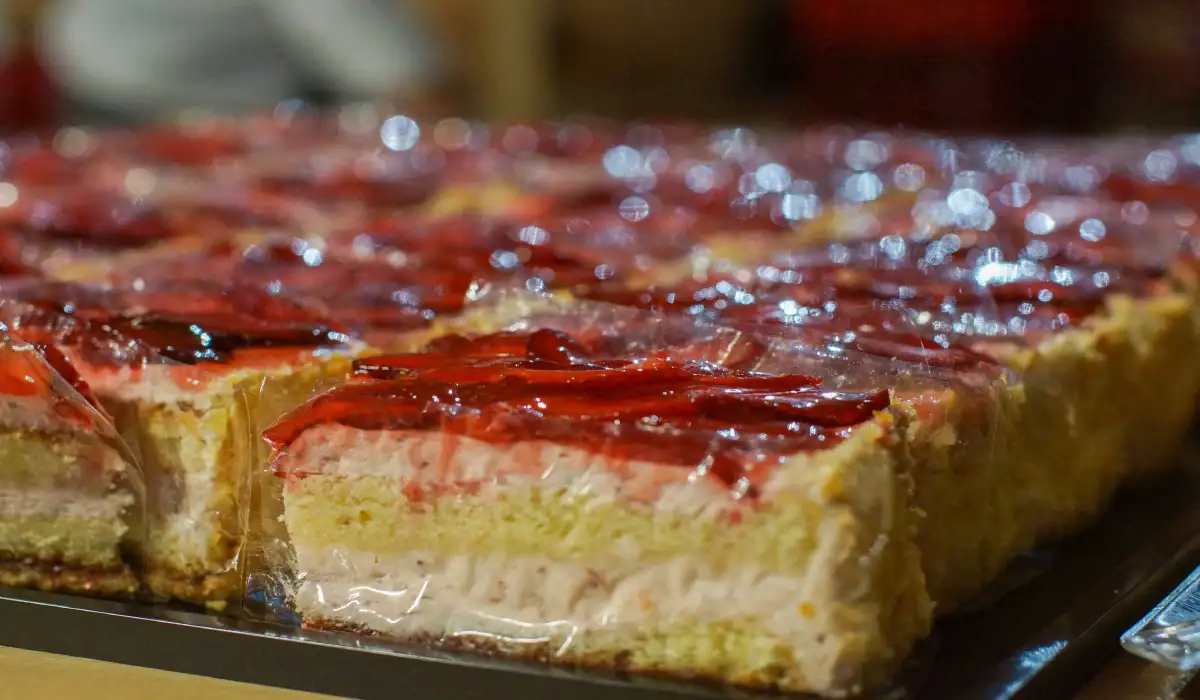Embark on a journey to uncover the story behind one of the world’s most beloved desserts. This article explores the origins and evolution of cheesecake, revealing the reasons behind its unique name.
The Origin of the Name
The term ‘cheesecake’ might seem puzzling. It’s named so because:
- It primarily contains cheese.
- It resembles a cake, despite lacking typical cake characteristics like yeast.
For more insights into the term’s etymology, Boyd Hampers’ Cheesecake Guide offers comprehensive details.
Ingredients and Composition
Understanding this dessert’s composition helps clarify its categorization:
- Key Ingredients: Cream cheese, eggs, sugar, and a crust usually made from crushed cookies or graham crackers.
- Comparison with Other Desserts: Unlike pies, this dessert typically doesn’t have a top crust, and it differs from tarts in its depth and filling consistency.
Learn more about its ingredients on Wikipedia’s Cheesecake Page.
Global Variations
This dessert adapts beautifully to regional tastes:
- New York Style: Known for its dense, smooth texture and rich flavor.
- Italian Style: Often made with ricotta cheese, offering a lighter texture.
- Greek Style: Traditionally sweetened with honey and often includes yogurt.
Contemporary Cuisine
Today, this dessert enjoys widespread popularity:
- Innovative Flavors: Incorporating chocolate, fruit, and even savory elements.
- Popularity: A favorite in bakeries and restaurants, often featured in gourmet dessert menus.
Cheesecake’s Cultural Impact
This dessert holds a special place in various cultures:
- In Popular Culture: Often associated with New York City and featured in films and TV shows.
- Symbolic Significance: Represents indulgence and comfort in many societies.
Baking the Perfect Cheesecake
Baking the perfect dessert involves:
- Key Tips: Avoid overmixing, bake in a water bath, and allow proper cooling to prevent cracks.
- Avoiding Common Mistakes: Overbaking and undermixing can lead to texture issues.
FAQs
- Regular Limes vs. Key Limes: Regular limes can be used, but the flavor profile will differ slightly.
- Determining Doneness: A toothpick inserted into the center should come out clean.
- Freezing: Yes, it can be frozen for up to a month.
Conclusion
Understanding the origins of this dessert enriches the experience of enjoying this timeless treat.
For a unique dessert idea, try our Decadent Bananas Foster Upside Down Cake Recipe.

